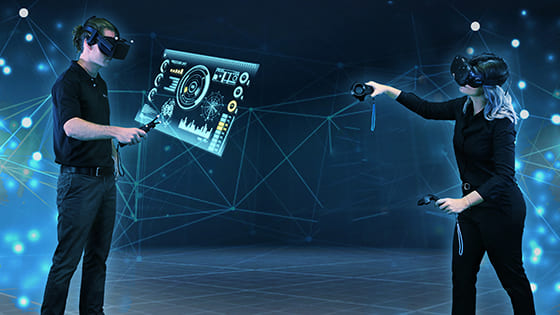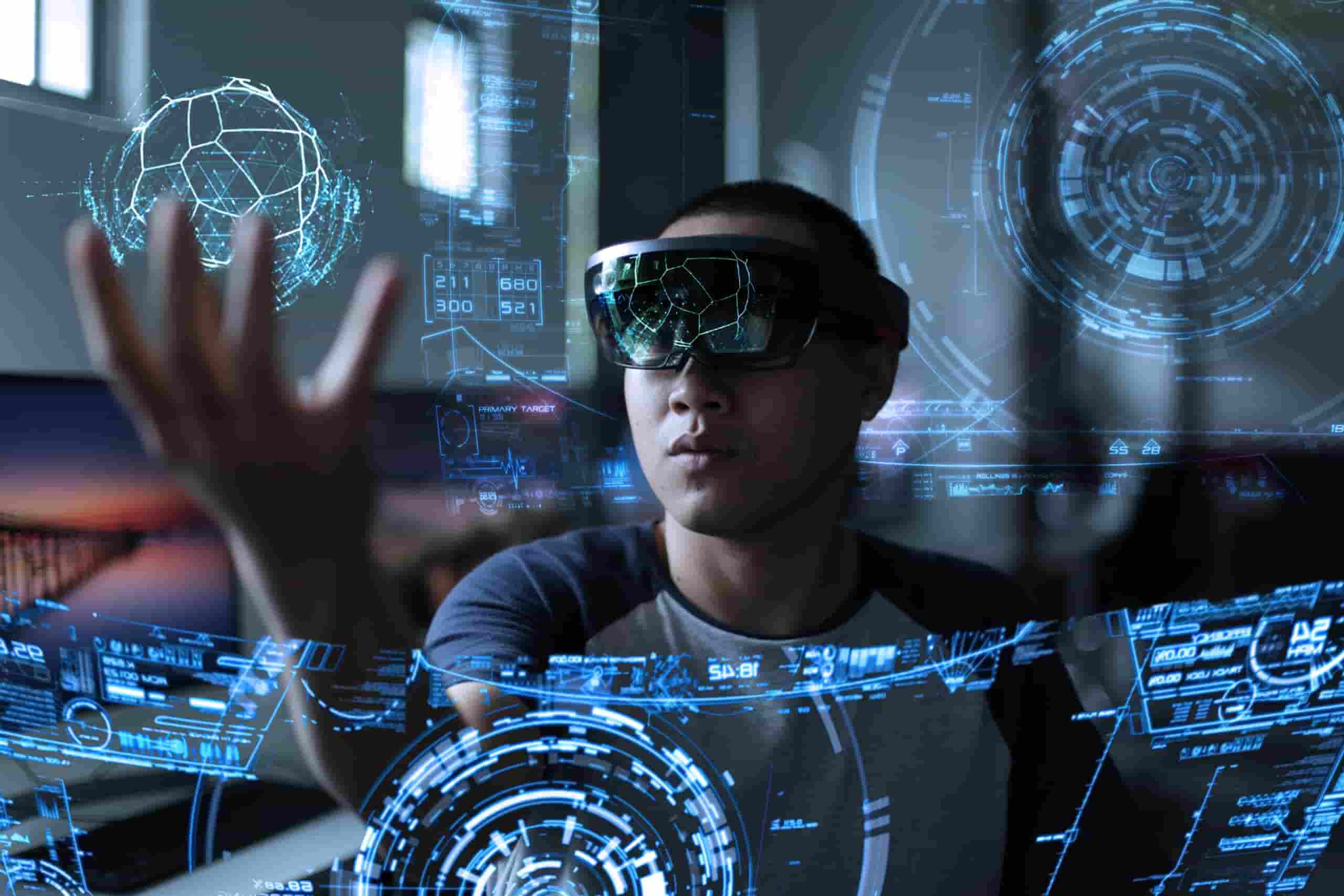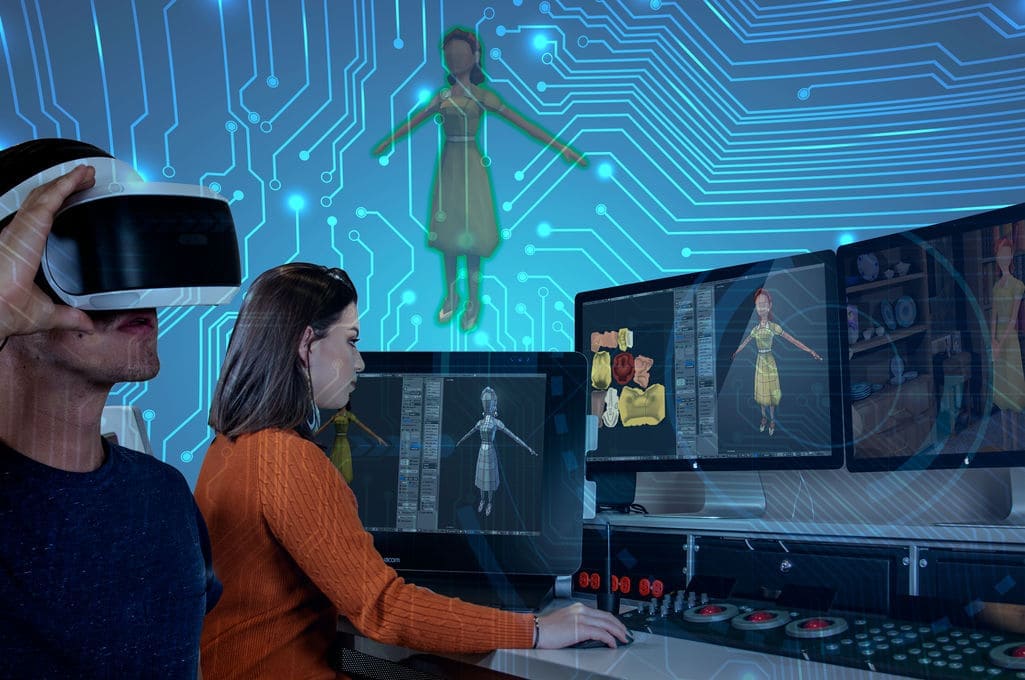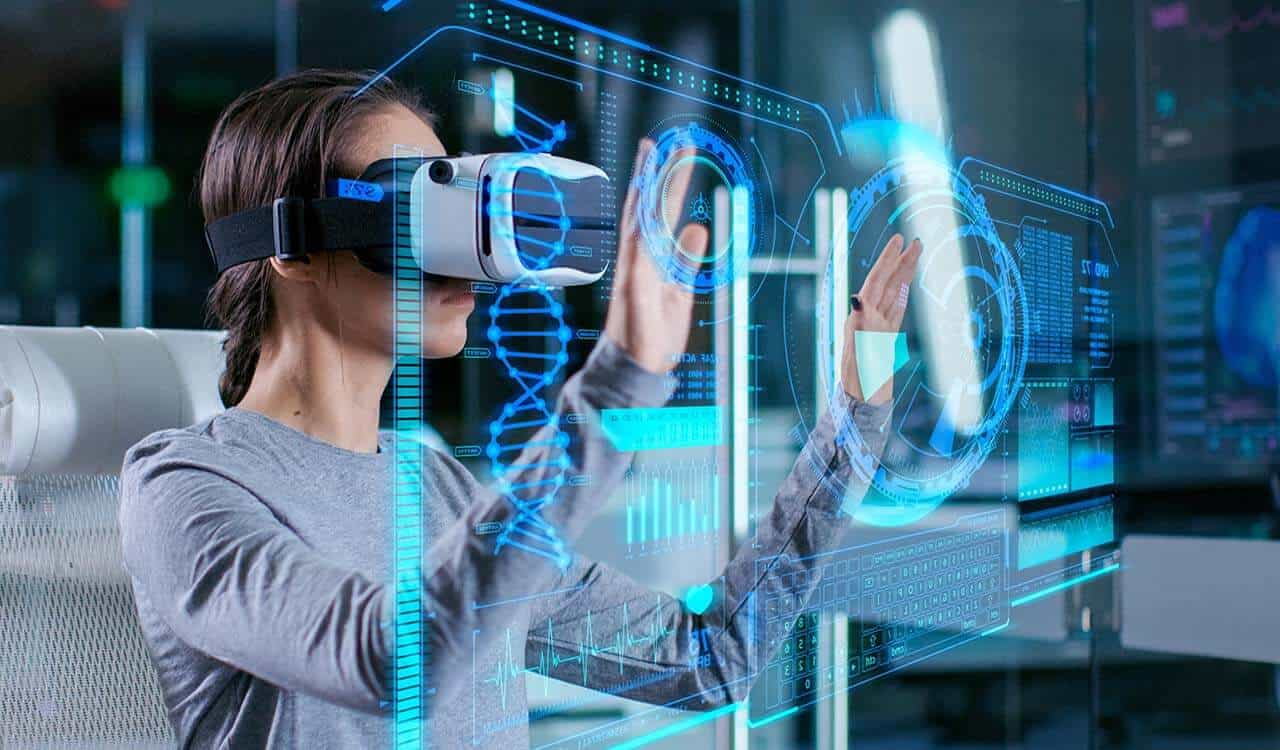Rotary VR Application Development

ADDRESSING THE PROBLEM
The RotaryVR app leverages VR technology to foster empathy and understanding. It provides users with a unique perspective on global challenges, enabling them to experience and comprehend these issues from a personal viewpoint.

DEVELOPMENT PROCESS
- Conceptualization: Identifying the need for a more immersive and empathetic approach
to global issues - Design and Planning: Focusing on user comfort and realistic representations to avoid motion sickness and enhance user engagement
- Development: Utilizing Unity3D and integrating a suite of libraries, including OculusVR, Google ArCore, Apple ArKit, OpenCV, and Google DayDream SDK
- User Testing and Feedback: Continuously refining the app based on user input, ensuring a seamless experience across various platforms
- Final Implementation: Launching the application with ongoing support and updates to maintain its relevance and effectiveness

INFLUENCE OF USER FEEDBACK
- Problem Identification: User feedback helped identify and resolve bugs and glitches
- UI/UX Enhancements: Adjustments were made
to improve the user interface and experience based on user interactions - Device Compatibility: Ensured the app’s functionality across different devices, including those without VR headsets

TECHNOLOGIES AND TOOLS
- Core Development: Unity3D
- Supporting Libraries: OculusVR, Google ArCore, Apple ArKit, OpenCV, Google DayDream SDK
CHALLENGES IN TECHNOLOGY INTEGRATION
A key challenge was ensuring RotaryVR’s compatibility across v arious devices. The app was uniquely designed to be accessible with or without VR headsets, catering to users with different levels of access to technology

KEY LESSONS LEARNED
- Performance Optimization: Critical for a smooth, comfortable user experience
- Importance of User Testing: Essential for identifying usability issues and tailoring the app to real-world user needs
- Platform-Specific Requirements: Understanding the constraints and possibilities of different AR/VR platforms
- Iterative Design: Flexibility in design and development to incorporate user feedback and adapt
to challenges - UI/UX Consistency: Ensuring a user-friendly and intuitive interface

- Motion Sickness Mitigation: Implementing strategies to minimize discomfort in VR environments
- Device Optimization: Catering to the capabilities and limitations of various devices
AR/VR technologies for social impact. This project transcends traditional boundaries of digital storytelling, offering a deeply immersive experience that not only informs but also emotionally connects users to global issues.
Empathy Through Innovation: RotaryVR stands as a shining example of how technology can be harnessed to build bridges of understanding. By inviting users to step into the shoes of individuals in vulnerable communities, the app goes beyond mere awareness—it cultivates empathy, a crucial step towards global solidarity and action.

